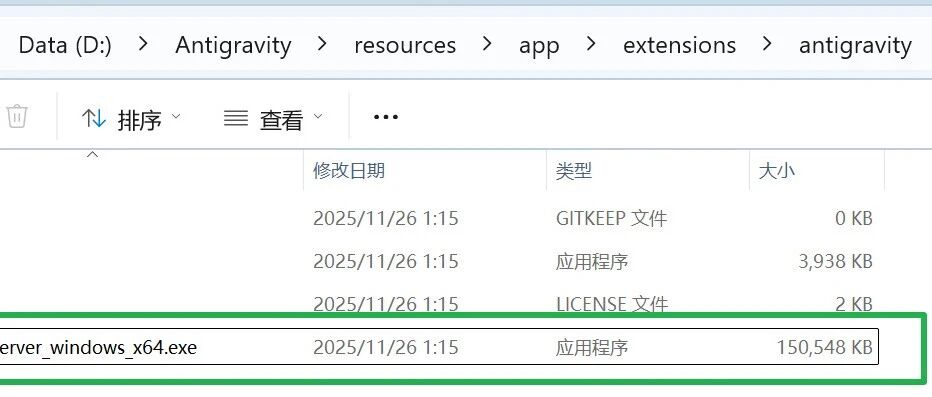The steps to build a real-time audio/video agent are as follows:
- Initialize audio input devices (e.g. PyAudio) and video input sources (e.g. camera)
- Combined input module:
VideoIn() + PyAudioIn()Processing audio and video inputs - Configure LiveProcessor: specify API key and model name (e.g. gemini-2.5-flash-preview-native-audio-dialog)
- Add an output module: e.g.
PyAudioOutFor audio output - The modules are connected via piping:
input_processor + live_processor + play_output - utilization
async forCyclic processing of real-time streaming data
This solution is suitable for the development of real-time conversational agents that can process microphone and camera inputs synchronously and output audio after generating a response via the Gemini API. The implementation should be aware of the impact of network latency and hardware performance on real-time performance.
This answer comes from the articleGenAI Processors: lightweight Python library supports efficient parallel processing of multimodal contentThe
































